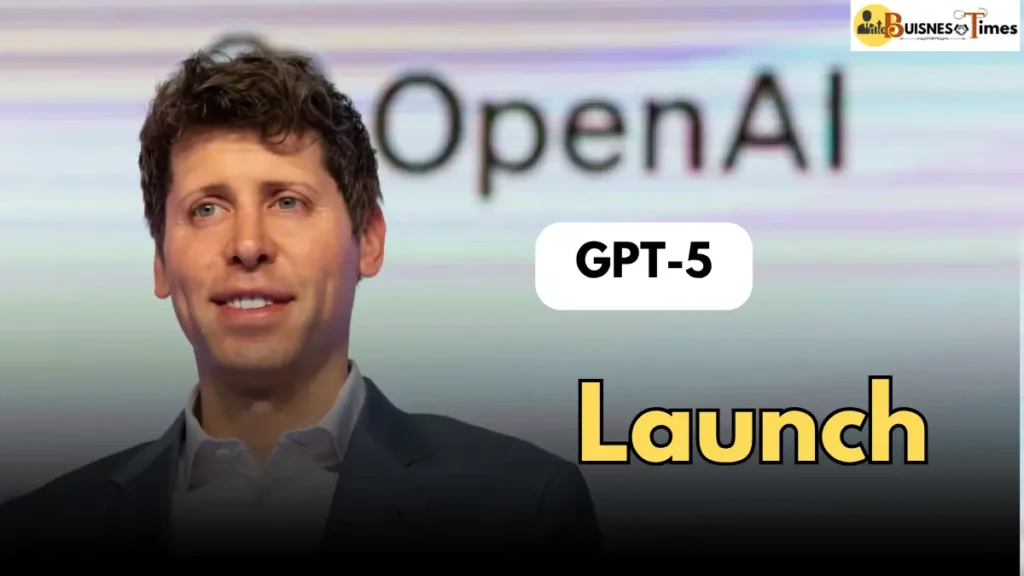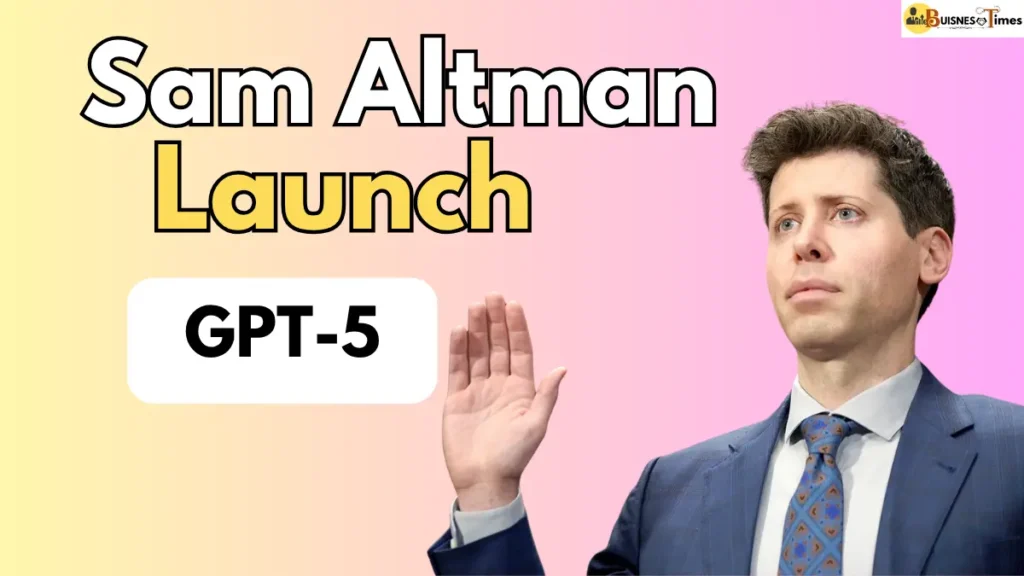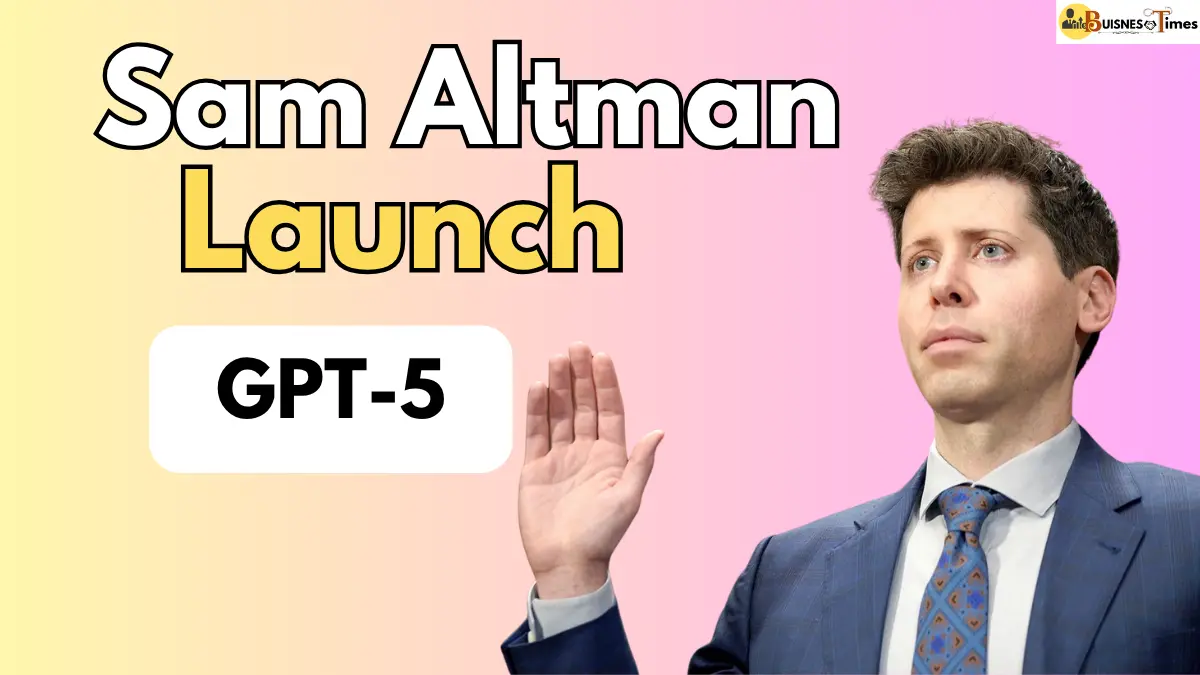
OpenAI Introduces GPT-5: India in the Spotlight
OpenAI has officially launched GPT-5, the next-generation AI model that powers ChatGPT, calling it the most advanced version yet. The company claims this version is particularly strong in coding, automation, and agent-based tasks, setting a new benchmark in AI performance.
But beyond the technology, what caught everyone’s attention was CEO Sam Altman’s bold statement about India’s rising importance in OpenAI’s global strategy.
“India is our second-largest market in the world after the US, and it may well become our largest market,” Altman said during a media briefing. “It’s incredibly fast-growing, and what citizens and businesses here are doing with AI is remarkable.”
India’s Rapid AI Adoption Impresses OpenAI
Over the past few years, India’s tech-savvy population and thriving startup ecosystem have embraced AI solutions at an unprecedented pace. From education and healthcare to finance and agriculture, Indian innovators are integrating AI into daily operations.
Altman acknowledged this shift and said OpenAI is actively working with local partners to make AI more accessible and affordable.
“We’re especially focused on bringing products to India, working with local partners to make AI work great for India and make it more affordable for people across the country,” Altman added. “Given the rate of growth, I am excited to visit India in September.”
Smarter, Faster, More Multilingual
One of the standout features of GPT-5 is its enhanced multilingual capabilities. According to ChatGPT Head Nick Turley, the new model significantly improves understanding in more than 12 Indian languages, covering both widely spoken and regional dialects.

This upgrade means it can generate, translate, and interpret content more naturally for Indian users, making it a powerful tool for businesses, educators, and developers.
Turley explained
To cater to different needs, OpenAI is offering GPT-5 in three API versions:
| Version | Best For | Highlights |
|---|---|---|
| gpt-5 | Maximum performance | Highest accuracy & reasoning |
| gpt-5-mini | Balanced performance and cost | Faster and more affordable |
| gpt-5-nano | Low-latency applications | Optimized for speed & lightweight tasks |
This flexibility allows developers to choose the right balance between performance, cost, and speed.
Better Reasoning and Developer-Friendly Features
In its official blog, OpenAI explained that GPT-5 in ChatGPT is powered by a combination of reasoning and non-reasoning models, whereas This version in the API focuses solely on high-performance reasoning tasks.
Interestingly, the non-reasoning model used in ChatGPT, called gpt-5-chat-latest, is different from the minimal reasoning model available to developers, which is better tuned for custom AI applications.
Rollout Details

The rollout of thisversion began on August 7, and it is available to Free, Plus, and Pro ChatGPT users. API access has also started for developers, enabling them to integrate this version into apps, services, and tools.
Why India Could Become OpenAI’s Biggest Market
- Large English-speaking population – makes adoption of AI-based tools seamless.
- Booming tech industry – startups and IT companies are quick to integrate AI.
- Government push towards digital transformation – initiatives like Digital India encourage AI adoption.
- Demand for regional language support – Is The multilingual capabilities fit perfectly.
Impact on Indian Businesses
With this version improved performance, Indian companies can now automate workflows, enhance customer service, and develop AI-powered products faster than before.
Examples of potential uses in India:
- Education: AI tutors in regional languages.
- Healthcare: Medical chatbots offering guidance in local dialects.
- E-commerce: Personalized shopping experiences in native languages.
- Finance: AI-based fraud detection and automated customer support.
FAQs
Q1. What is GPT-5 and how is it different from GPT-4?
GPT-5 is OpenAI’s latest AI model with better reasoning, coding, and multilingual support. It’s faster, more accurate, and offers three API variants for different needs.
Q2. Which Indian languages does GPT-5 support?
While OpenAI hasn’t released the full list, it supports over 12 Indian languages, including Hindi, Bengali, Tamil, Telugu, and Marathi.
Q3. Will GPT-5 be free for all users in India?
Yes, GPT-5 is available to free users, but premium plans like Plus and Pro offer faster access and more features.
Q4. Why is India important for OpenAI?
India’s massive population, rapid AI adoption, and demand for localized solutions make it a strategic growth market.
Q5. Can Indian developers build apps using GPT-5?
Yes, OpenAI’s API allows developers in India to integrate GPT-5 into apps, tools, and services.
The launch of GPT-5 is more than just a tech upgrade — it’s a clear signal of OpenAI’s focus on India. With enhanced multilingual abilities, affordable access, and strong developer support, GPT-5 could revolutionize how Indians use AI in daily life and business.
If Sam Altman’s prediction holds true, India might soon overtake the US as OpenAI’s largest market, marking a historic shift in the global AI landscape.

